A whole people wiped out and annihilated in the name of audacious exploration and glorious expansion, with all its once cultural complexity reduced to nothing but dusty debris behind panes of glass and a few footnotes in the world’s history textbooks… This was what the lay historian-me deemed to have occurred to the Taíno, the indigenous group that greeted the Spanish when they first touched land in the Americas in 1492, before I embarked on my five-month journey through the Dominican Republic. And to some extent, even while immersing myself deeper into the island’s local peculiarities, my simplistic view of the Taíno’s fate was kept alive. After all, as I was “reassured” by a handful of both local and foreigner history buffs that I encountered along my way, the tragically familiar eradication of an indigenous group – in this case the Taíno – by voracious European colonisers, coincided with the mainstream history narrative. It wasn’t until I found and settled myself amidst a placid fishing village in the far-flung Samaná peninsula that this incredibly biased view of mine got challenged. For good.
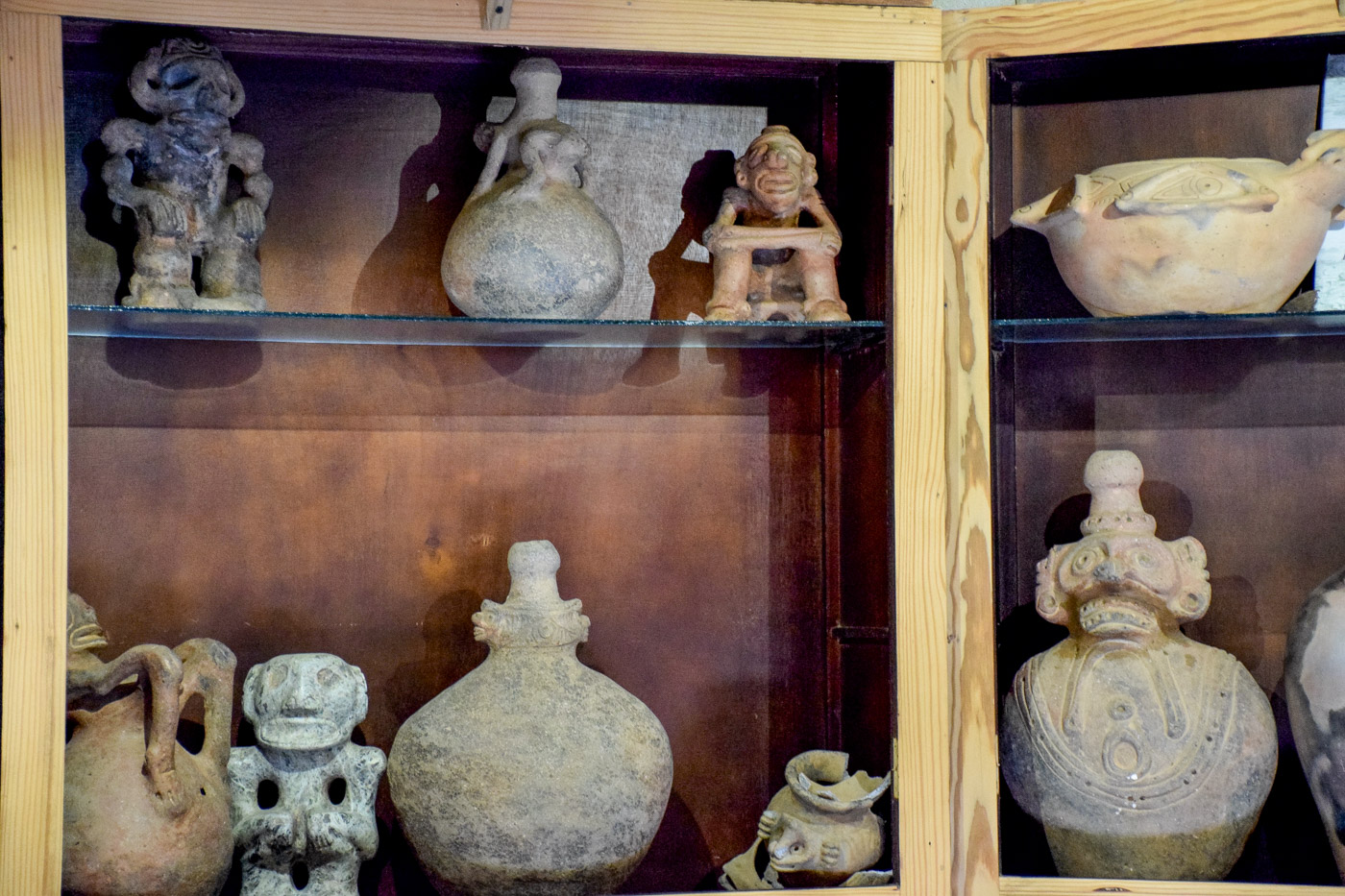
The Taíno people are said to be extinct. Well, indeed, the term ‘extinction’ has been applied liberally to nearly all the indigenous peoples from the islands in the Caribbean and in the Greater Antilles, claiming that they and their respective cultures, within the contemporary Caribbean population, ceased to exist. That history has been told by most of the scholars from the US and the Caribbean that were striving to explain the ‘rise and decline of the people who greeted Columbus’, as one American archaeologist once prominently put it. According to that narrative, the Taíno people – whose ancestral origins have been traced back to the indigenous group of the Arawak people from the Guianas, the Orinoco Valley and Amazonia in South America – emerged in the West Indies in the latter part of the first millennium AD, reaching their prime at around 1200 AD.
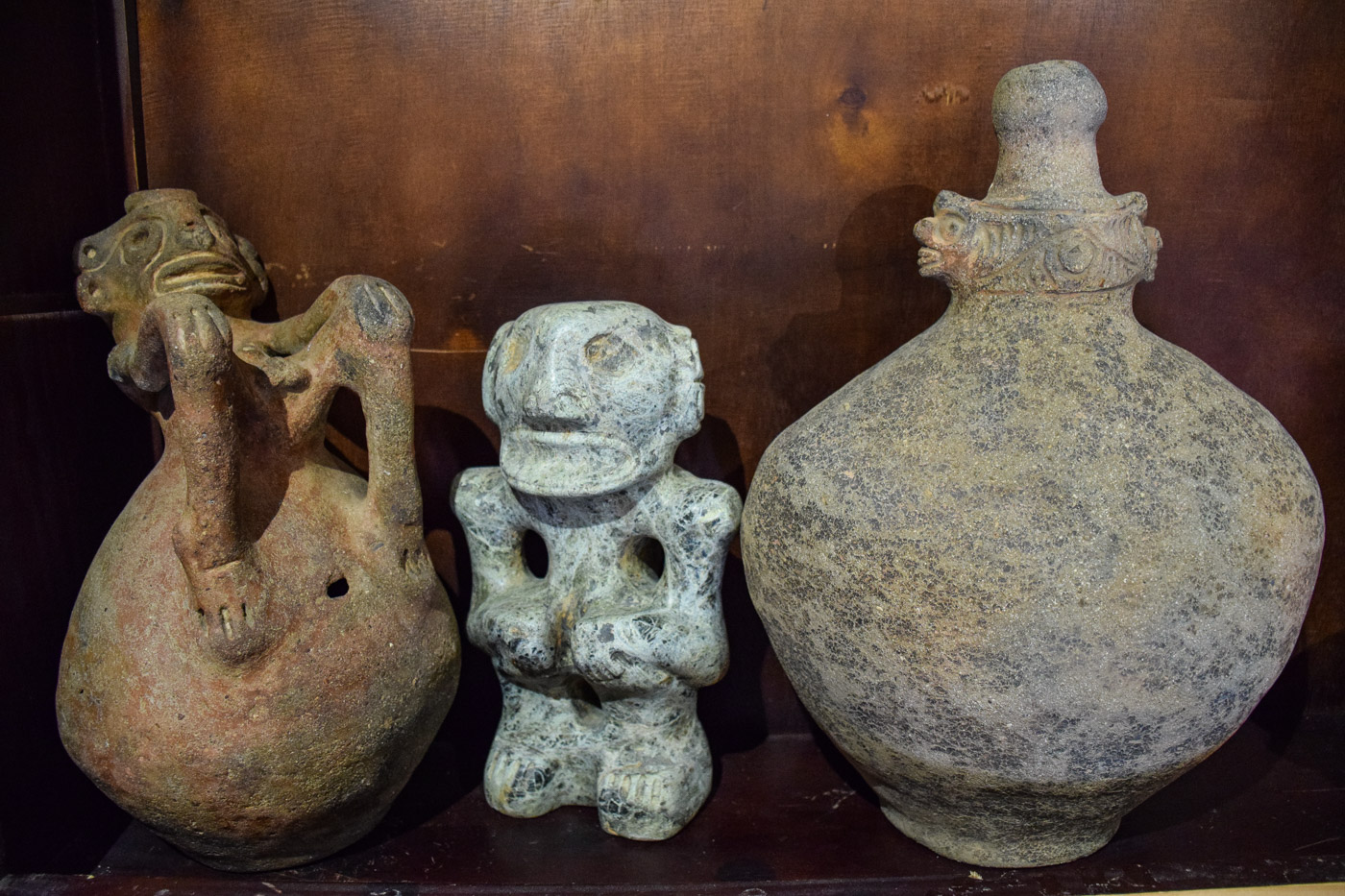
Those who welcomed the Spaniards on the first voyage to the Americas used the word ‘Taíno’ – which translates to ‘men of the good’ – not to self-identify but to express they didn’t belong to the fierce Island-Caribs people. Although the term has ever since been adopted by literature and archaeology to describe the indigenous population of the Caribbean and of the Greater Antilles, and it has been a unifying force for most of their current-day descendants, too, the natives probably referred to themselves as the ‘Borinquén’ in today’s Puerto Rico and the ‘Lucaya’ in the Bahamas. Thriving on an economy based mostly on agriculture and fishing, their society was ruled by a chief called ‘cacique’ and organised along regional chiefdoms.
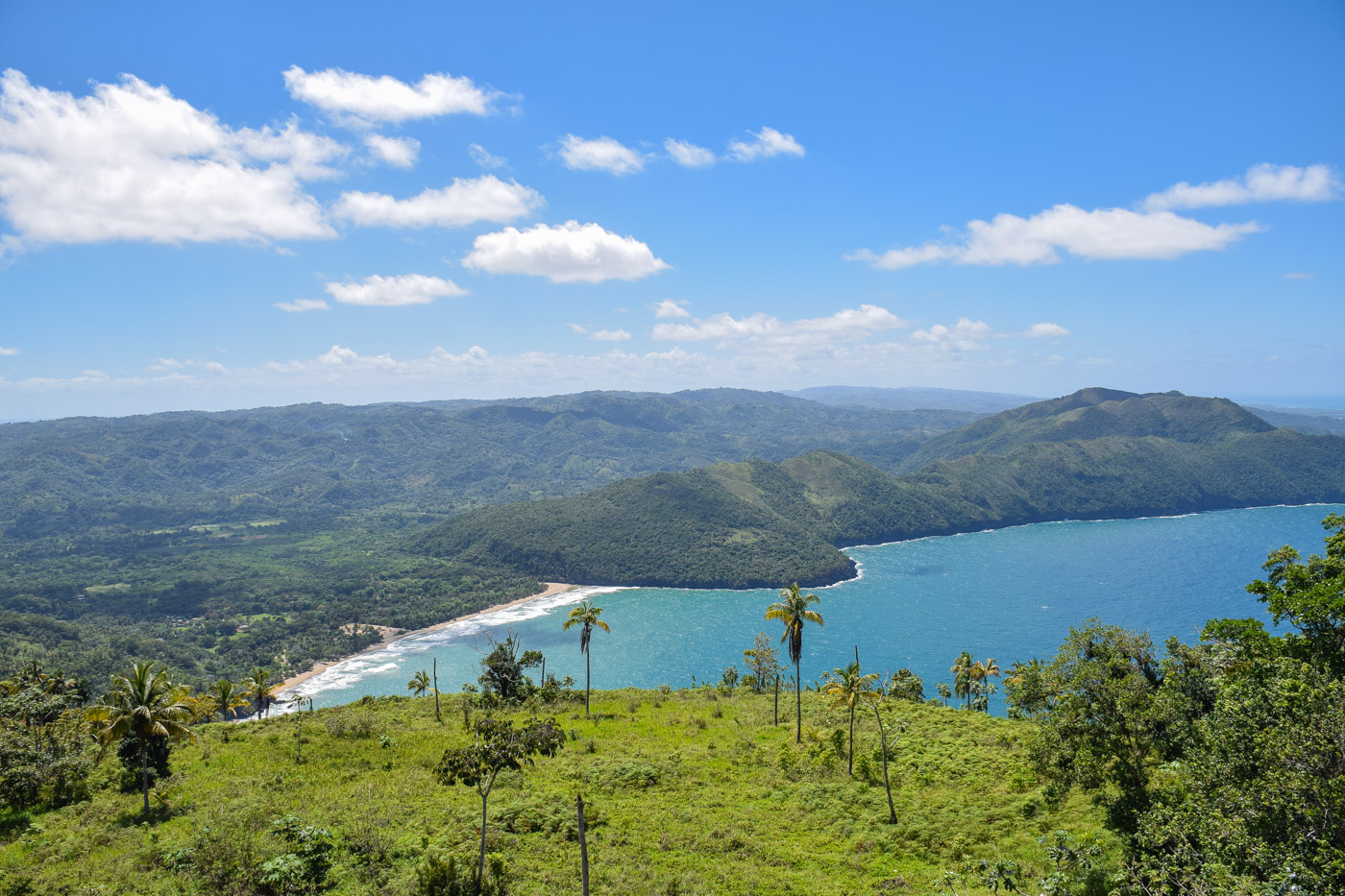
The systematic extermination of the Taíno population by the Spaniards commenced soon after Columbus set foot in the Americas. The first victims of the European Exploration were those men, that were forced away from their farms and into gold mines, where they died, utterly overworked. Starvation, raging lethal diseases brought by the European, warfare and suicide swiftly added to the reduction of the Taíno population. The remaining ones fled or interbred with the Spanish and slaves imported from Africa and other Caribbean islands. Eventually, while at the arrival of the Spaniards the Taíno numbered around one million on Hispaniola and Puerto Rica alone, as chroniclers of the day estimated, by the mid 16th century they had ceased to exist as a separate cultural group. Of all Taíno indigeneity, only an insignificantly tiny percentage in the DNA of contemporary islanders is said to have survived. So the story goes, that is to say, if one is to believe the mainstream historical claims.
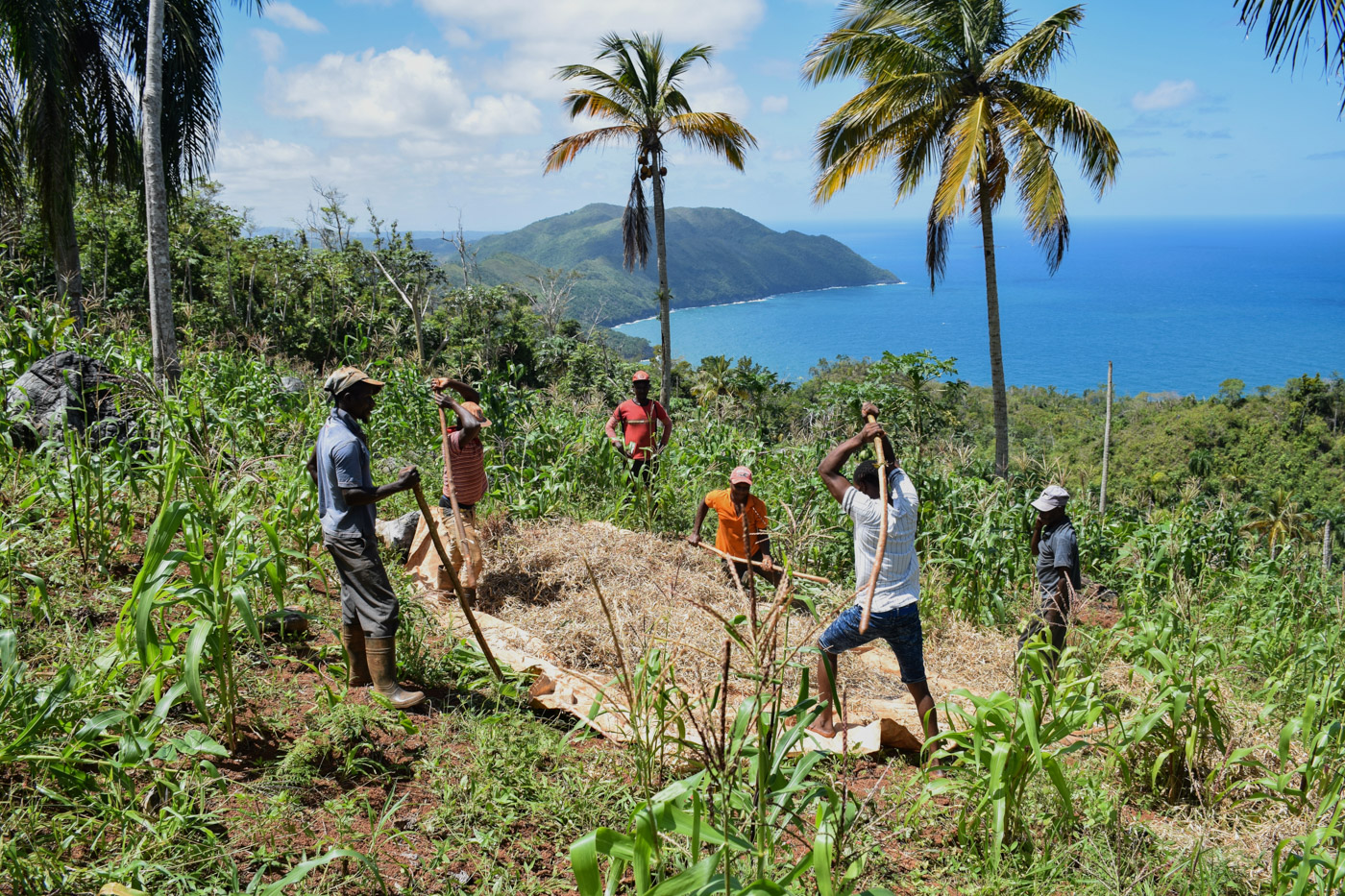
Indeed, recent studies are increasingly questioning the story of Taíno extinction. Some dissident scholars argue that the myth was created as a colonial, and later, nationalist strategy to discredit indigeneity in favour of modernist ideologies of progress and civilisation that are promoted by Hispanidad and Catholicism. Meanwhile, the current scientific thrust to explore the survival of the Taíno people is unprecedented and growing. It has delivered stark multidisciplinary evidence for considerable legacy from the indigenous ancestors in the Caribbean: in the material base or tangible cultural patrimony; in genetic continuities found in today’s islanders; in the present-day Caribbean Spanish that has preserved a significant body of Taíno language.
Thriving on an economy based mostly on agriculture and fishing, their society was ruled by a chief called ‘cacique’ and organised along regional chiefdoms.
First and foremost, though, it is the oral tradition and the assertion of identity by remote mountain communities that have helped Taíno indigeneity survive, and that has been at the very root of active Taíno resurgence movements emerging throughout the region and its diasporas. While the consciousness of Taíno in the spiritual and artistic culture in the Caribbean has a long history, it has only in the last few decades been assimilated by its popular culture, now reclaiming its constitutive importance in contemporary Caribbean identity increasingly.
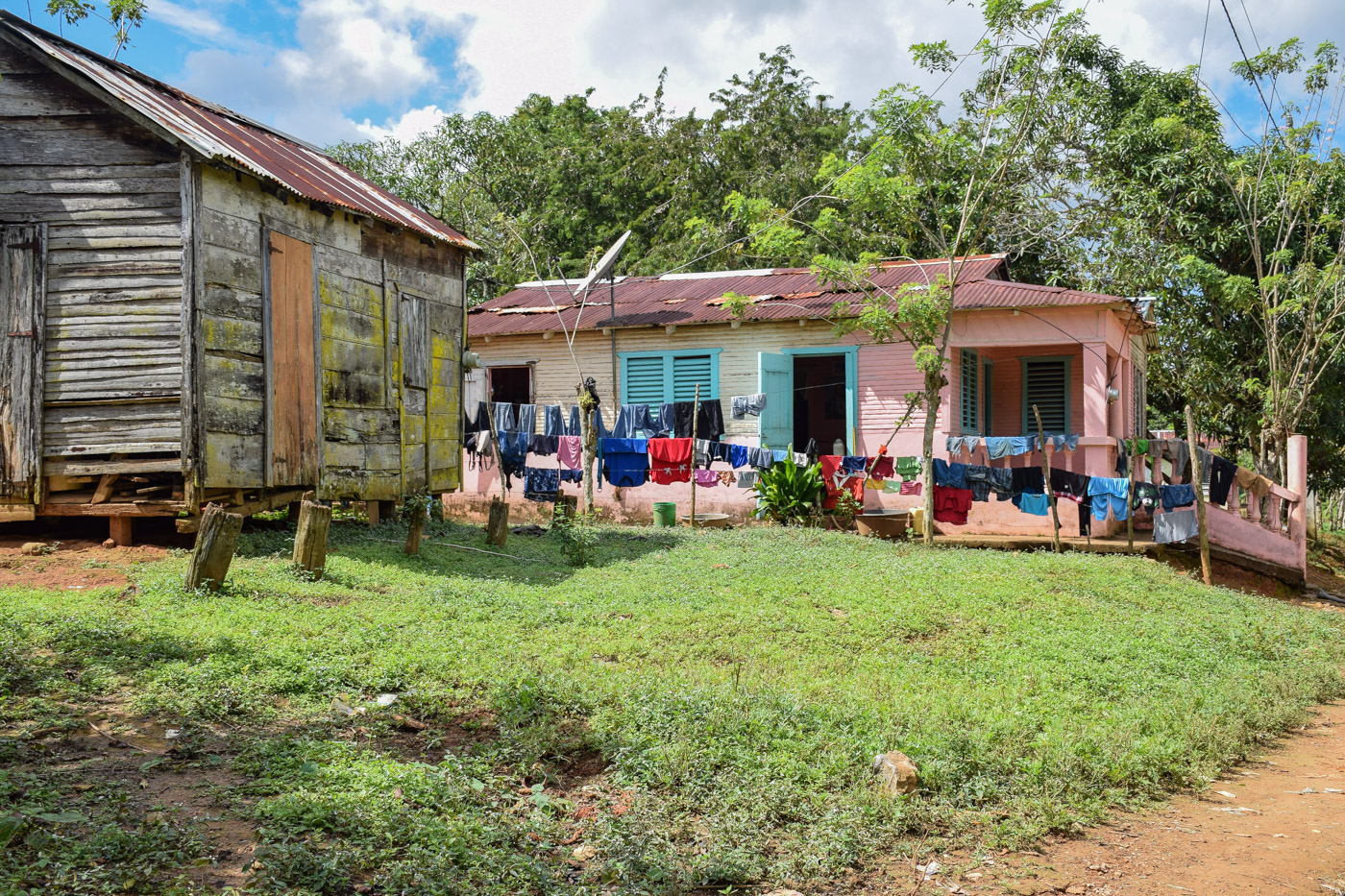
One of those secluded areas where the ‘Indio’ spirit has persisted throughout time is the Samaná peninsula, located in the remote northeast of the Dominican Republic. Even though the region is historically said to have been the Land of the name-giving ‘Samaní’ and the ‘Ciguayo’, two ethnic groups different from the rest of the island’s indigenous peoples, locals of faraway mountain and coastal communities of Samaná have kept a strong sense of Taíno identity. With most of its native residents using the all-encompassing term of Taíno to self-identify and to relate them to the indigenous descent in the Dominican Republic, El Valle, a tiny fishing town solitarily nestled in the peninsula’s pristine north, is no exception in this respect. It was there, among young baseball-obsessed fishermen and elderly storytelling folks inhabiting the apparent last piece of paradise on Earth, where I was happily obliged to stay more than half of my Dominican trip as the Covid-19 pandemic broke out.
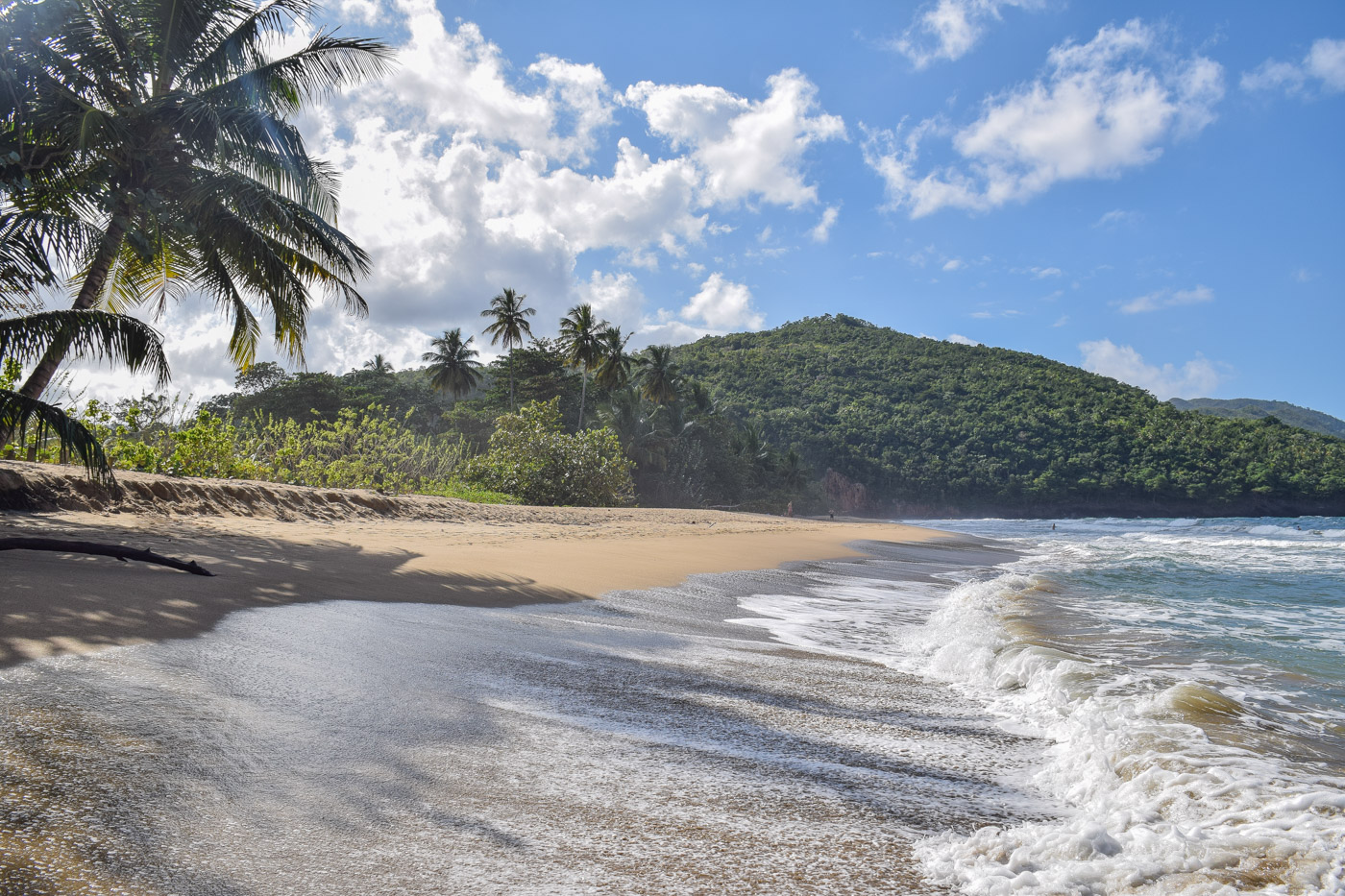
El Valle, enclosed between lush mountains and the rugged Atlantic Ocean, is about a 20-minute drive from the provincial capital, Santa Bárbara de Samaná. While the village of roughly 120 habitants finds itself today at the verge of eco-tourist development – less than ten years ago, the area was still spared by such developments – its secluded geographical location has helped to preserve the unspoilt character of El Valle, its landscape and its people. Except from fishermen rattling along the village’s only road on their throttled motorcycles, occasional tourists arriving by jeeps, senior residents retreating on their shady terraces, and spontaneous village meetings followed by heated baseball games held at the beach, El Valle has the appeal of a perfectly sleepy Caribbean coast town. If they’re not getting involved in tourism businesses, the people earn their livelihoods by farming and fishing, selling their crops and fish on the market of the province’s capital.
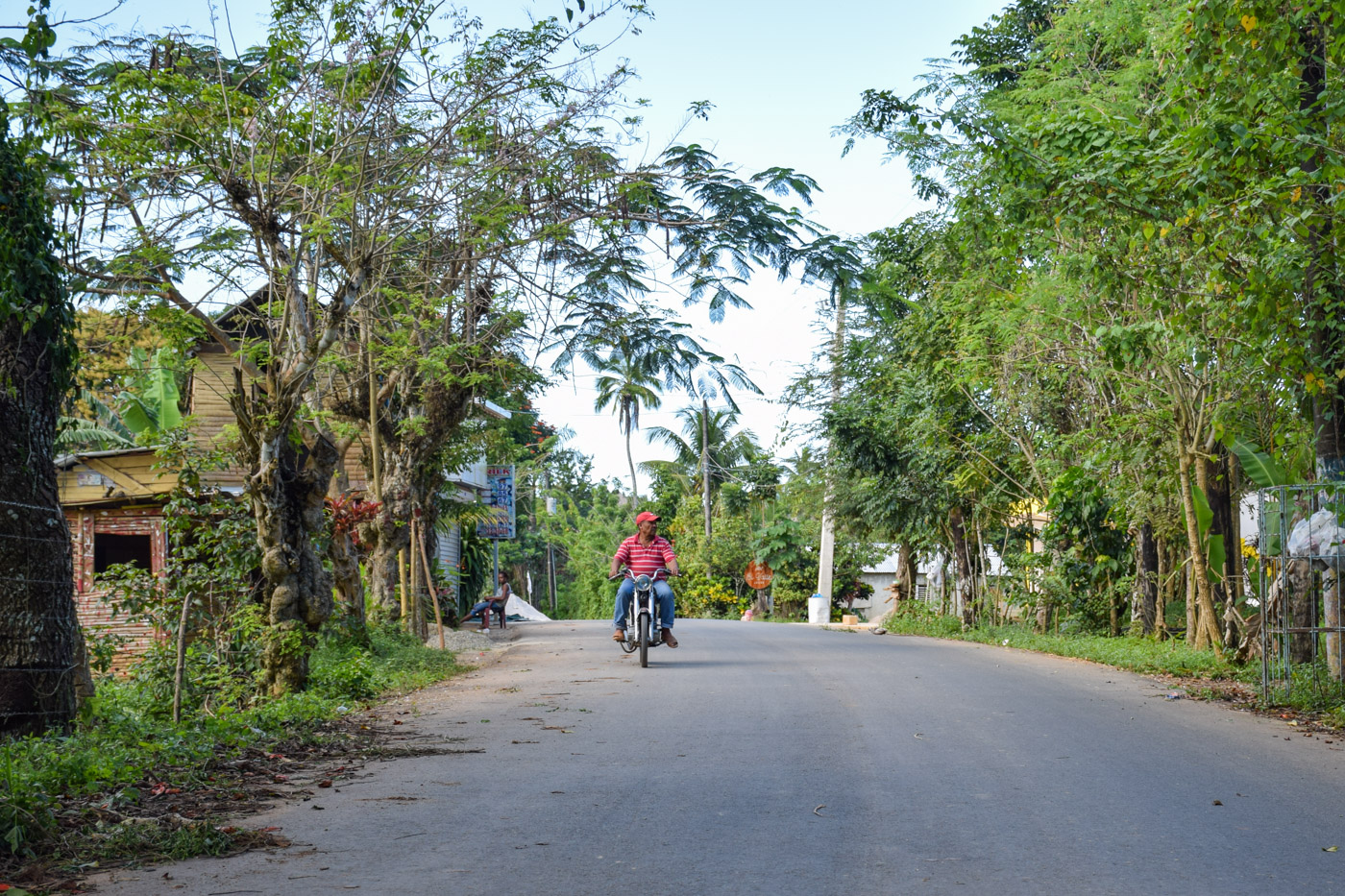
I ended up staying in El Valle for three months, spending intense moments of self-growth, pandemic-infused insecurity, and Caribbean low-key lifestyle bliss, all the while enjoying the sensation of having found ‘another home away from home’. Pretty soon, I realised that the permaculture and eco-lodge volunteering work I was doing in El Valle as well as my good Spanish skills and the shared fate in times of outbreaking Covid, helped me gain a considerable level of trust, respect, and access within the tight-knit community. Under those circumstances, connecting with the locals as the Germanic-looking privileged traveller that I am felt considerably easier. Hence, honest conversations about philosophical and personal issues, and particularly about cultural identity and indigenous heritage were popping up naturally.
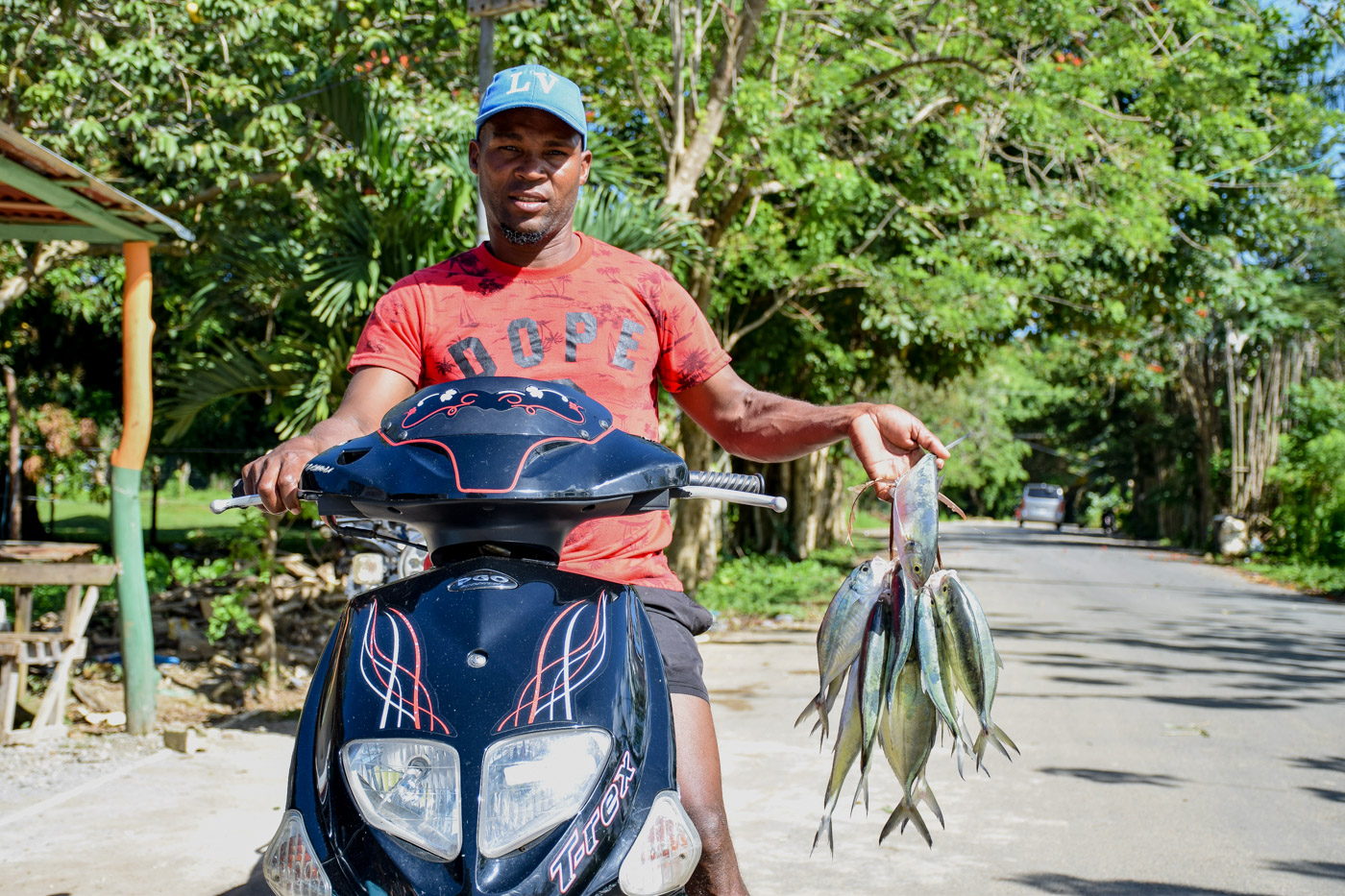
In El Valle, as in many other rural areas of the Dominican Republic, there are strong and more subtle cultural forms of Taíno origin practiced in everyday life. While these traditional cultural practices might be seen as unprogressive, especially in the more urbanised parts of the island, the people from El Valle, as far as I could assess, didn’t display any shame regarding their ways of living and livelihoods. On the contrary. The town’s young fishermen, with physiques mostly evoking Classical Greek body aesthetics, were engaging in their daily sea-bound activities with a commitment that seemed to be beyond the one born from mere survival, demonstrating a certain pride and awareness for a dying craft. It is certainly true that the practice has changed in the past decades, as, for instance, motorised boats have become indispensable. However, in El Valle the fishing techniques themselves have kept their Taíno-inspired essence, using hook and line, basket traps and weirs, barriers to prevent fishes from escaping enclosed areas at low tide. Moreover, the types of caught fish as well as the ways of preparing the fish – the mainstay of the original Taíno diet – haven’t differed from the traditional ways.
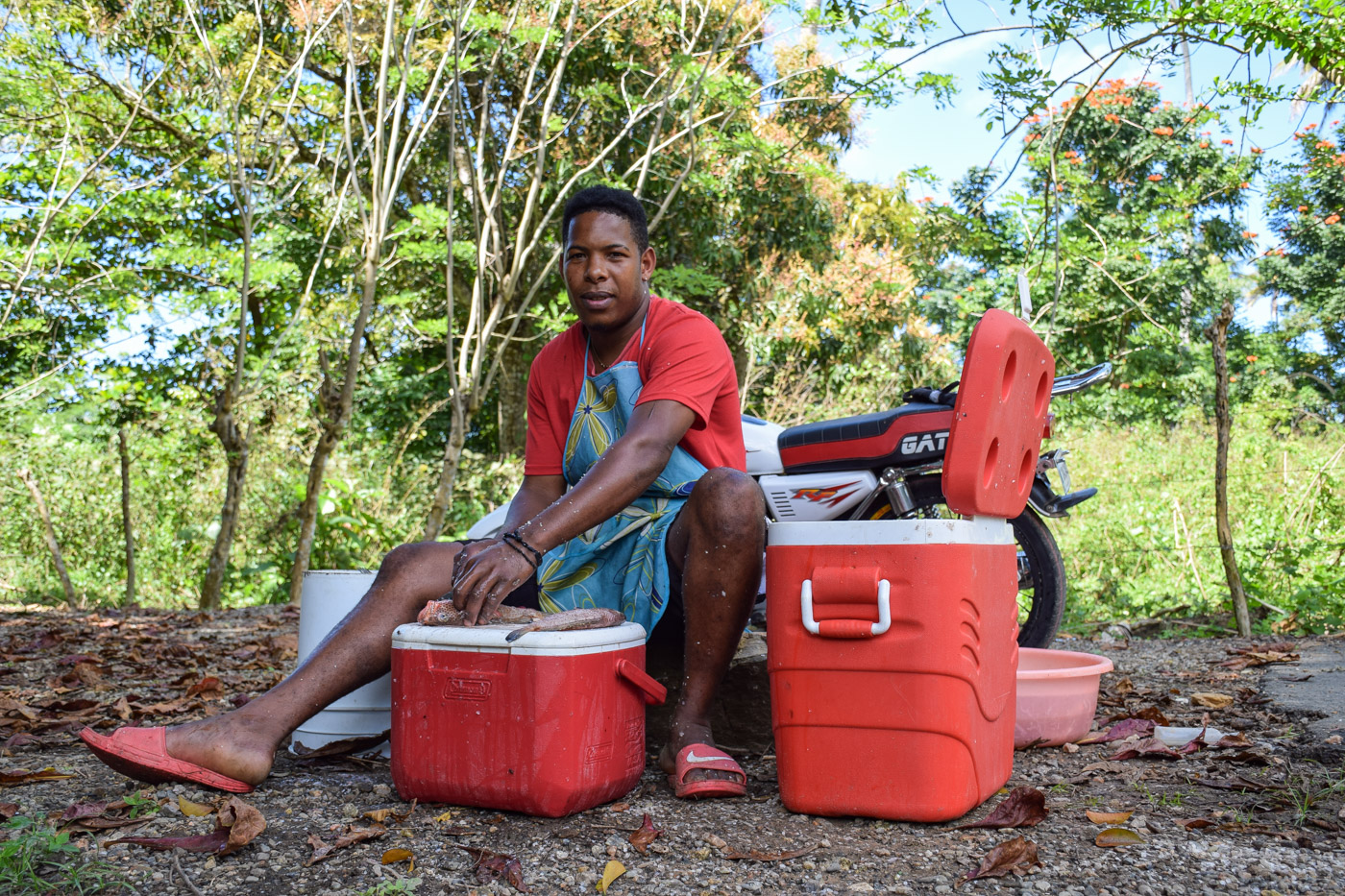
While I witnessed a certain awareness and appreciation for indigenous roots, related to the recent Taíno reawakening waves throughout the Caribbean, El Valle wasn’t spared by plunder and vandalisation of its archaeological heritage. Frequently, local youngsters and tourists alike fervently engaged in amateur archaeological excavations, uncovering precious Taíno artefacts only to pile them up like merchandise in a warehouse stock. The phenomenon is rather common in the Caribbean for history is a topic of interest mostly for the upper class, and resources available for rural communities to encourage the conservation of material heritage are limited. Even so, in El Valle, as in many other Taíno self-identifying communities in the Caribbean, the mere museographic aspect – a very questionable practice in itself, stemming from Western imperialism and colonialism – is transcended through the lively day-to-day culture.
Where is the arbitrary line drawn to determine how much indigenous blood is needed to be considered Taíno?
The idea that traditional indigenous culture is very much alive and to be found in the everyday practices, the multiple ways of expression, and the general sense of identity of a certain cultural group, or in this case, the contemporary native residents from El Valle and Samaná, is key to understanding Taíno survival. Today, most of the people from the Dominican fishing town base their identification with their Taíno roots on oral traditions handed down from generation to generation, a bond with a fixed geographic home territory, and the collection of cultural traits, beliefs, and cosmologies that symbolise their indigenous ancestry. Accordingly, youngsters from El Valle have been passed on folkloric stories and wisdoms from their parents and grandparents, revealing a profound attachment with the lands they are living in. Tales and reproductions of sacred sites radiating or channelling a certain Taíno energy or mystical sightings on Samaná’s solitary shores and in its unspoiled mountains abound in El Valle.
Meanwhile, many facets of present-day Taíno culture in the Dominican Republic may very well be tied to the nation’s particular history and have emerged from the shared heritage from African and European influence. Justifiably, that intermixture of different cultural elements may constitute a distinctive Taíno identity. However, by no means is that cultural eclecticism a reason for a less authentic contemporary indigenous culture.
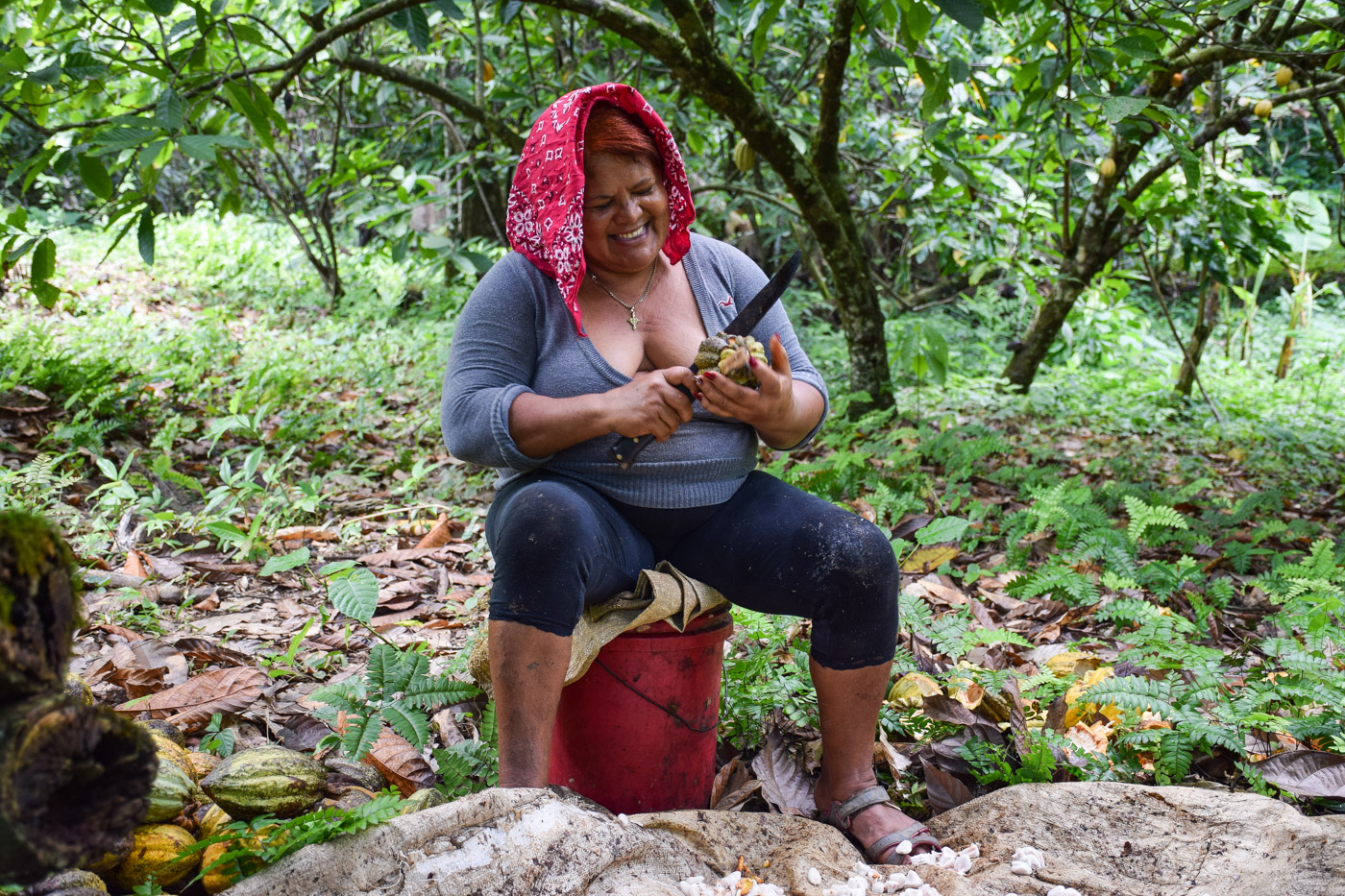
Similarly, it may even be that most people who self-identify as Taíno in fact have a variety of biological ancestries. Yet, where is the arbitrary line drawn to determine how much indigenous blood is needed to be considered Taíno? Whereas race is a social construct, biological and DNA do certainly provide evidence of continuity between populations. Correspondingly, as scientific research is accelerating in the wake of a newly awaken Taíno consciousness, more and more studies suggest high percentages of indigenous bloodlines among Caribbean, especially among Puerto Rican and Dominican populations.
As for my part, I was convinced and mesmerised by the realness and the various ways Taíno heritage and identity expressed themselves in El Valle and the Samaná peninsula during my experience in the Dominican Republic. I was most grateful, however, for having re-examined my very own historical knowledge that is all too seldom questioned – and for being taught a once-in-a-lifetime lesson about cultural identity and indigenous empowerment, but also, and above all, about belonging and community.


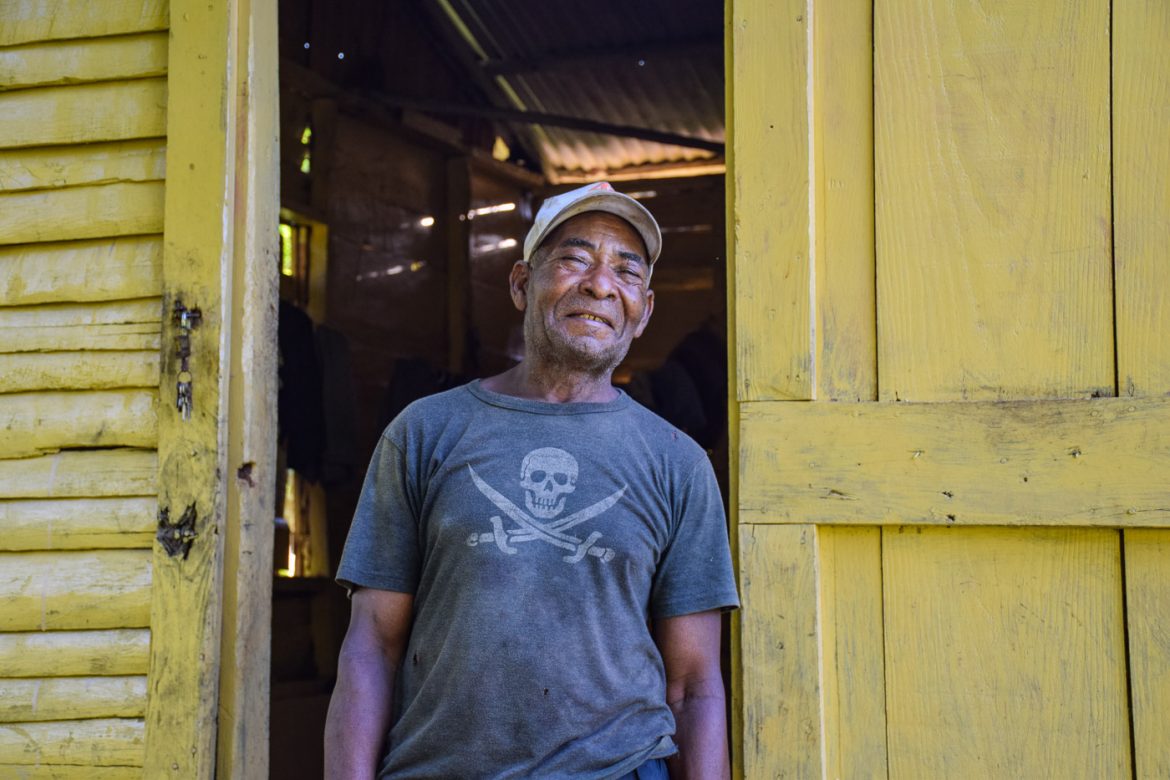
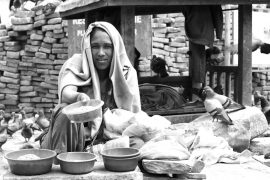
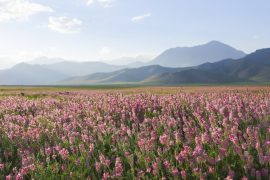
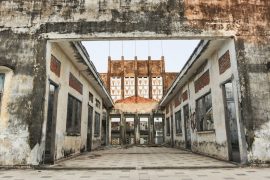
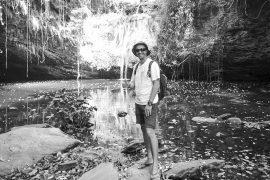
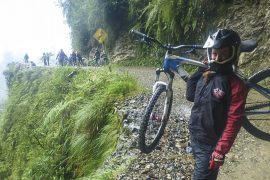
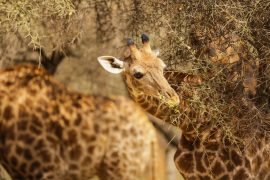
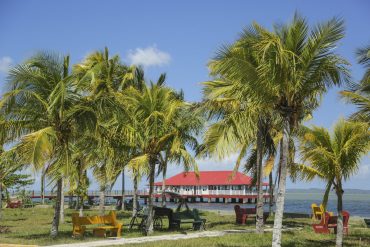

Hello,
My name is Victoria Diaz and I’m a student at The Ghetto Film School. This year my colleague Sonia Rosa and I are going to be doing set design and are location scouting for Taino Villages and artifacts because we are making a film called Anacaona based off of the Taino Cacique. We want to make this film as ethical and culturally sensitive as possible. Would there be anyone we can contact about this?
Best,
Victoria Diaz
Thank you for reaching out. What a beautiful project! We wish you the best of luck. I can provide you with the email address of Jesse Dhur, the author of this article. Please let me know how I can contact you, or feel free to send an email to our general email address: info@diariesof.lu. Once I receive your email, I will promptly provide you with Jesse’s contact information.
Best regards,
Anabela
What a beautiful article. I’m presently in Dominic Republic for 13 days, would certainly love to return for a short stay maybe a month or two during that time would you suggest El Valle safe to be. If yes, who could I reach out to. Im from Jamaica, I believe I’m from the Taino, since lately I’m passionate about my cultural identity and wish to learn more.